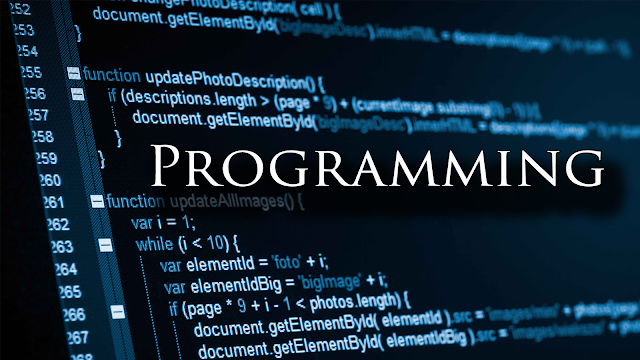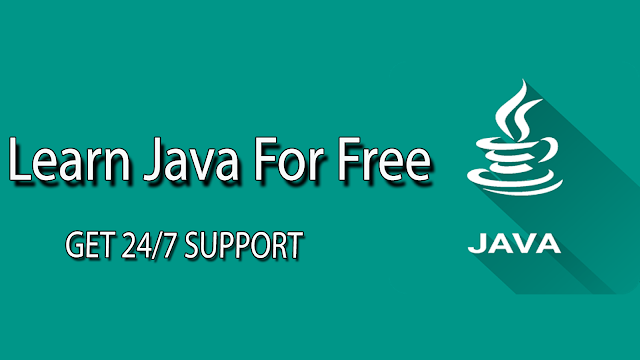Social
Recent Post
About me

My name is Frankentein I’m a programmer...



T he Keylogger is kind of software or you can say program. Keylogger is mostly written on python language. Key is stands for the key which...
T here are lots of option to hack any account .This make big Confusion of us which trick we use . To save our time and work we have to und...
What is exception handling? In programming two most common types of error are logical error and syntax error. The syntax error is de...
sort() that is a really good name for a sorting function, thanks to namespaces you can define your own becausesort() it won't be in the same namespace as the standard one. // namespaces
#include <iostream.h>
#include<conio.h>
namespace a // namespace a declaration
{
int var = 5;
}
namespace b //namespace b declaration
{
double var = 3.1416;
}
void main () {
cout << a::var << endl; // accessing variable var of namespace (a) using scpoe resolution(::)
cout << b::var << endl; // accessing variable var of namespace b) using scpoe resolution(::)
getch();
}Topics Polymorphism 1.Compile Time Polymorphism 2.Runtime polymorphism Virtual function ...

My name is Frankentein I’m a programmer...